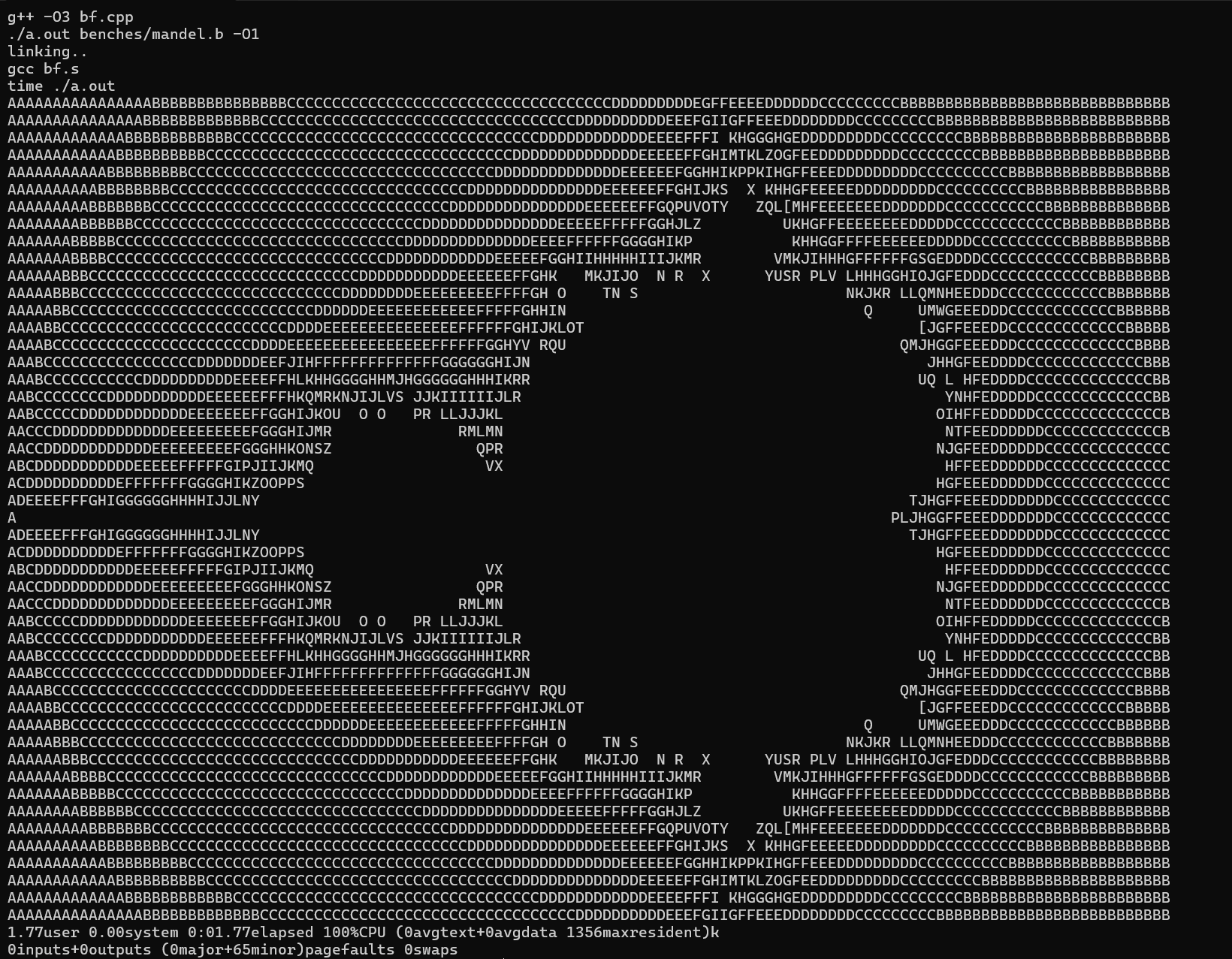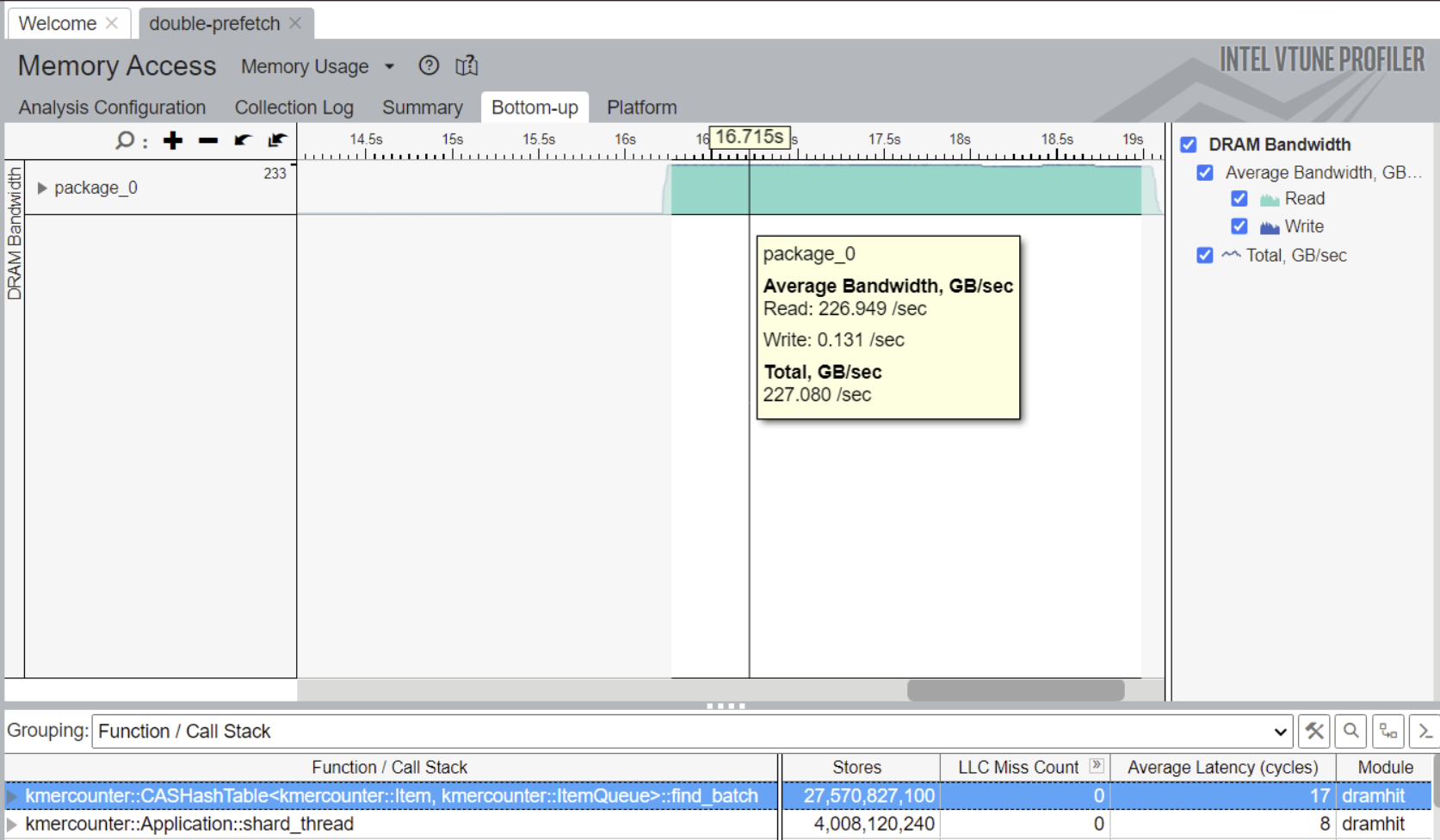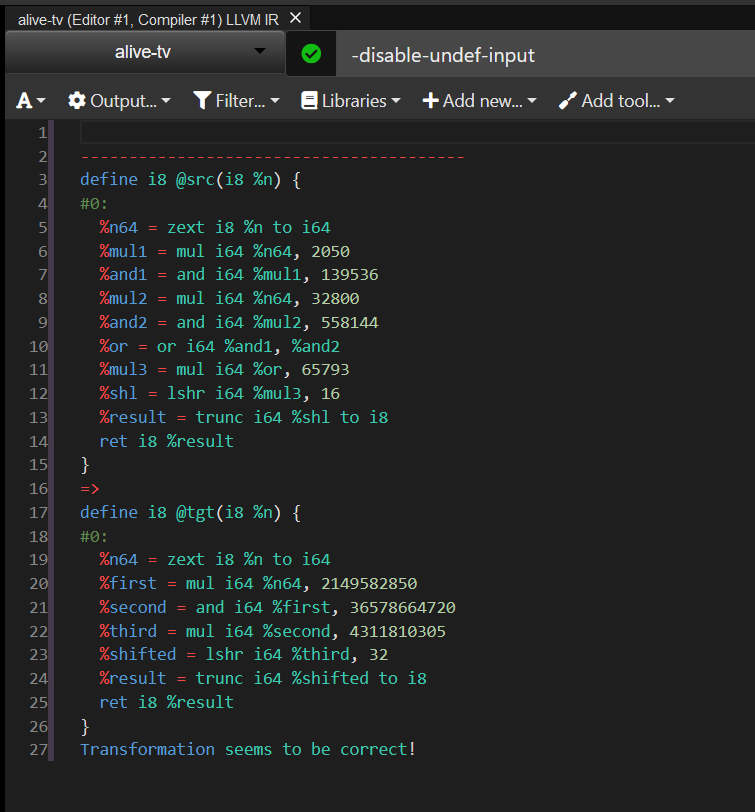Homepage
Whoami
Hello! I’m Joshua Tlatelpa-Agustin, a Master’s student in Computer Science at the University of Utah. My research focuses on improving system performance and security by analyzing and optimizing the interactions between hardware and software. I’m part of the MARS Research Group led by Dr. Anton Burtsev.
Education
M.S. Computer Science (Thesis), University of Utah. Salt Lake City, Utah. Expected
May 2026.
B.S. Computer Science, University of Utah. Salt Lake City, Utah. 2024.
Research Interests
I’m interested in high-performance computing, operating systems, and computer architecture, with a focus on how low-level system design can improve both efficiency and security. My current research explores optimizing system performance at the boundary between hardware and software, including techniques for memory subsystem optimization, compiler-driven performance tuning, capability-based security in modern OS kernels, and efficient inter-process communication.
Publications
- Zhaofeng Li, Jerry Zhang, Joshua Tlatelpa-Agustin, Xiangdong Chen, and Anton Burtsev. Understanding the Security Impact of CHERI on the Operating System Kernel. In Proceedings of the Annual Computer Security Applications Conference (ACSAC), December 2025.
- Jerry Zhang, Joshua Tlatelpa-Agustin, and Anton Burtsev. DRAMHiTv2: Towards the fastest hash table operating at the speed of DRAM. Submitted to the European Conference on Computer Systems (EuroSys), April 2026. (Title modified for anonymity.)
Research Projects
- CHERI: Study of 440 Linux and FreeBSD kernel vulnerabilities, showing that capability-based memory protection (CHERI) can prevent approximately 60% of identified vulnerabilities, including most privilege escalations.
- DRAMHiTv2: Designed DRAMHiTv2, a next-generation in-memory hash table that reaches hardware bandwidth limits and maximizes operational throughput through a multi-level prefetching scheme, a compute–memory–aware table layout, and a conflict-resolution strategy optimized for memory bandwidth utilization. We achieve 3,200–5,000 million operations per second (Mops) for lookups and 2,150–2,800 Mops for insertions depending on fill factor, making it the fastest hash table to date (faster than DRAMHiT).
- IPC: Investigating new hardware primitives for efficient and secure inter-process isolation. This work explores how practical hardware extensions can provide strong subsystem isolation in modern kernels with minimal overhead. Ongoing work with Mars Research Group.
Contact
Email: joshua.t@utah.edu




